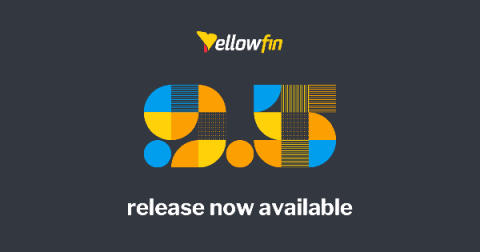Systems | Development | Analytics | API | Testing
Analytics
The Complete Guide to Using Heroku Postgres
BigQuery admin reference guide: Tables & routines
Last week in our BigQuery Reference Guide series, we spoke about the BigQuery resource hierarchy - specifically digging into project and dataset structures. This week, we’re going one level deeper and talking through some of the resources within datasets. In this post, we’ll talk through the different types of tables available inside of BigQuery, and how to leverage routines for data transformation.
PII Pseudonymization: Explained in Plain English
What's new with BigQuery ML: Unsupervised anomaly detection for time series and non-time series data
When it comes to anomaly detection, one of the key challenges that many organizations face is that it can be difficult to know how to define what an anomaly is. How do you define and anticipate unusual network intrusions, manufacturing defects, or insurance fraud? If you have labeled data with known anomalies, then you can choose from a variety of supervised machine learning model types that are already supported in BigQuery ML.
Privacy & Security Rules for Healthcare Marketers
Turning Your Data Lake Into a Data Swamp
2021: The Year Banks Rethink Their API Strategy
Co-authored by Samta Bansal More than two million British people use Open Banking-based products today, a number that, despite the disruption of COVID-19, is double that seen at the start of 2020. No wonder International Banker dubbed 2021 “The Year of Open Banking.” As open banking spreads worldwide, its growth comes with the pressing need to drive standardization that bridges geographic boundaries and regulatory frameworks.
Yellowfin 9.6 release highlights
Tapping into the pulse of your data
During the product keynote at our recent QlikWorld online event, we unpacked the power of the analytics data pipeline to transform raw data into informed action. Imagine a data pipeline where information flows continuously into everyday processes, allowing your organization to seize every business moment, as it happens...








